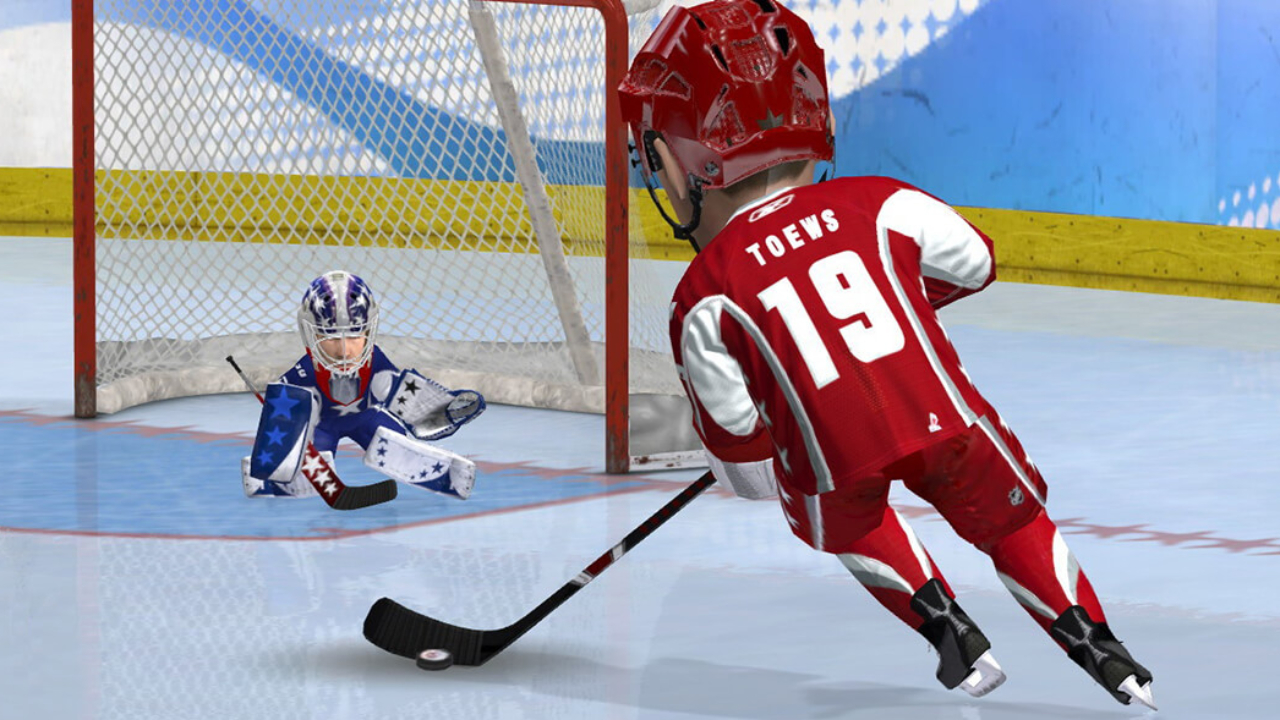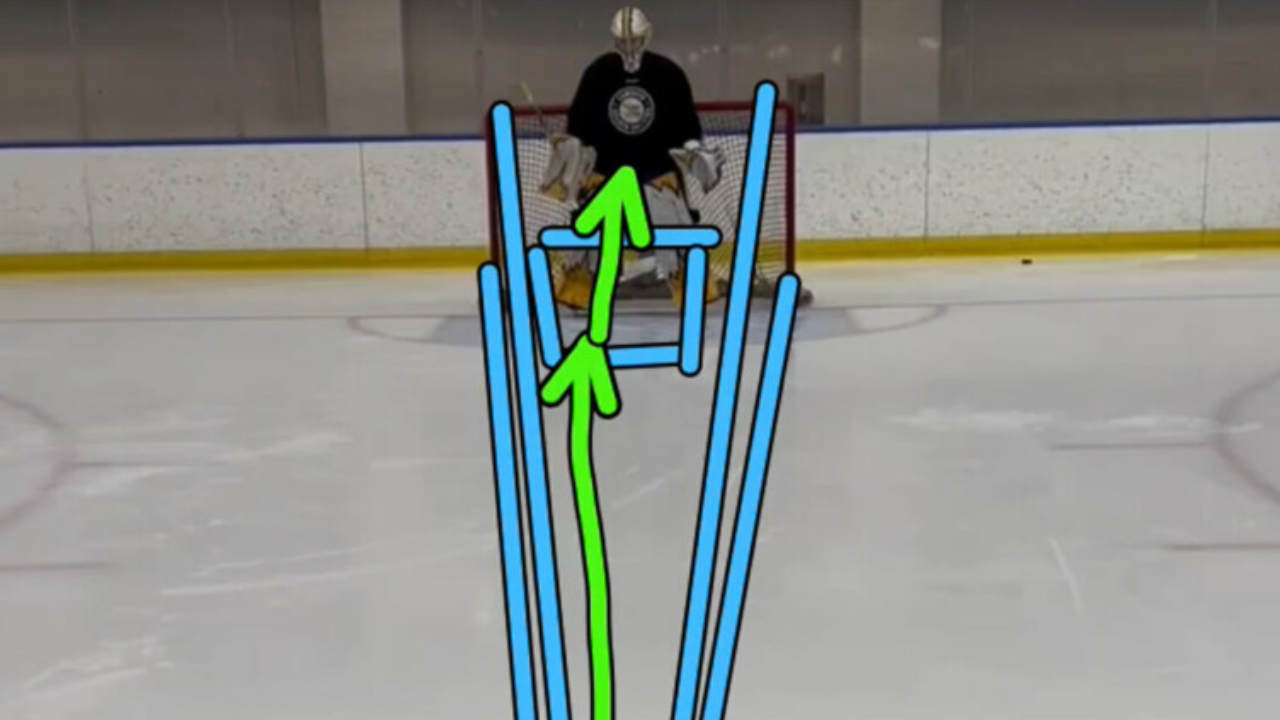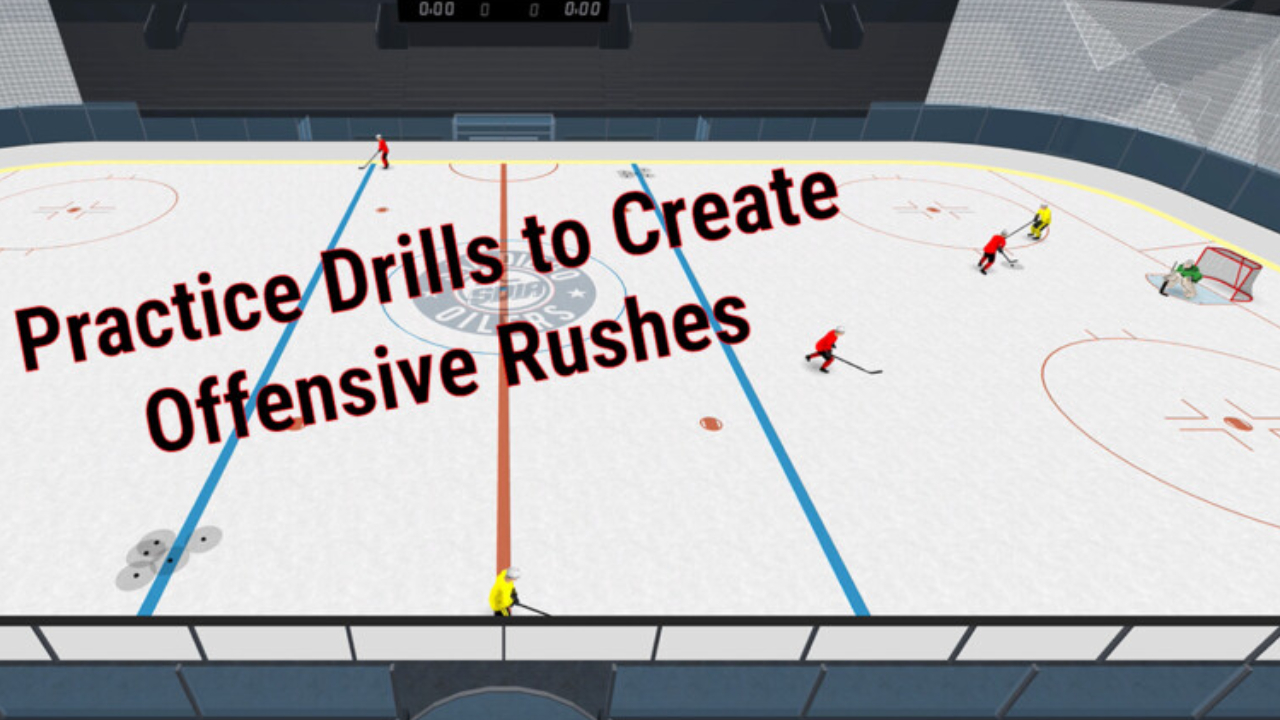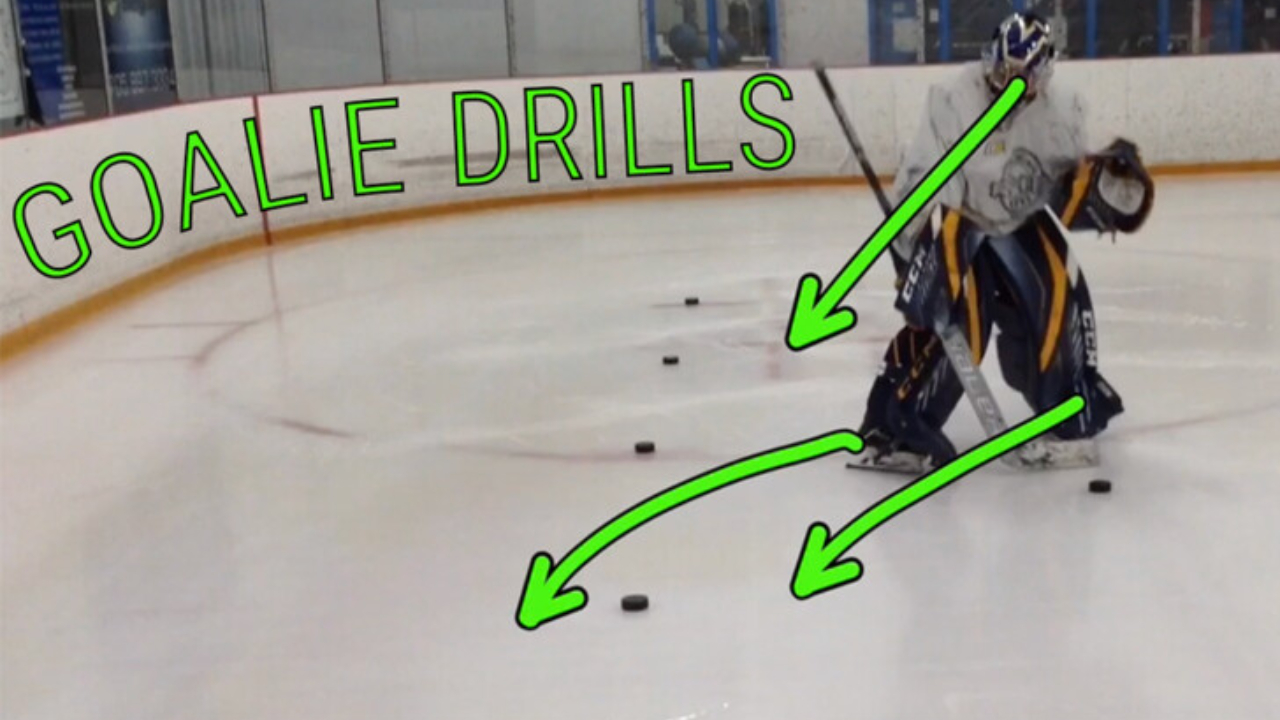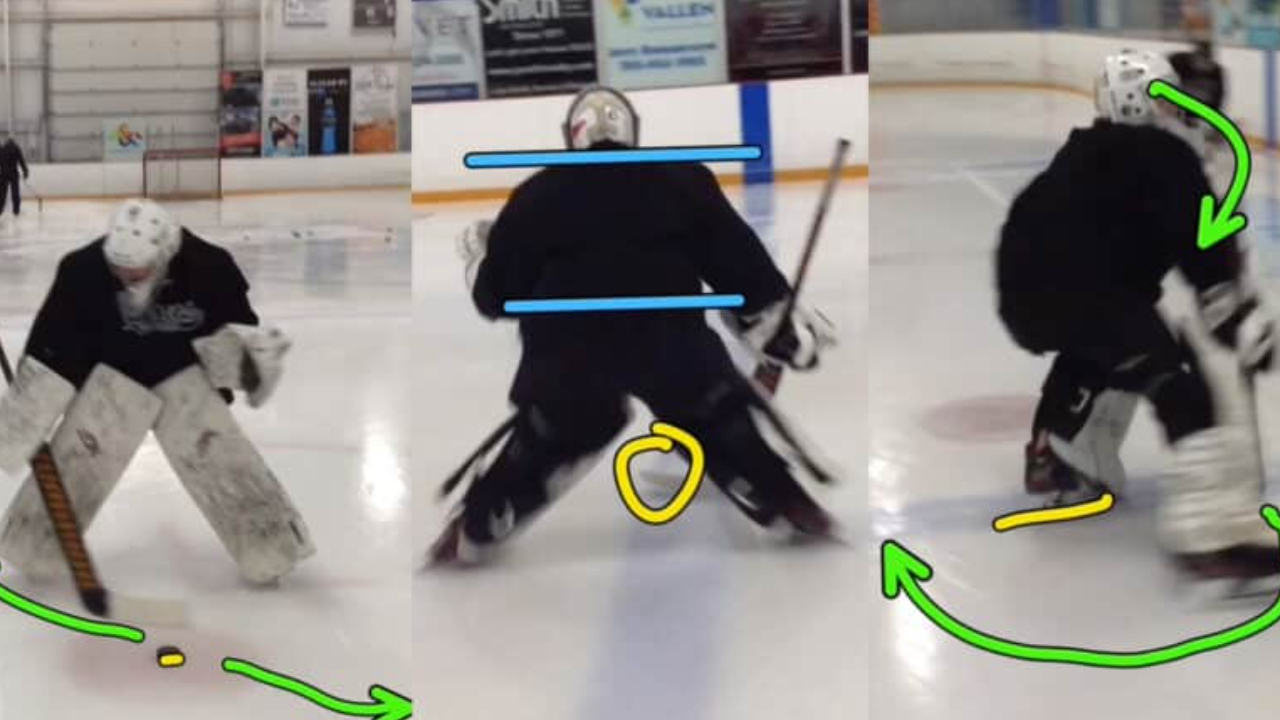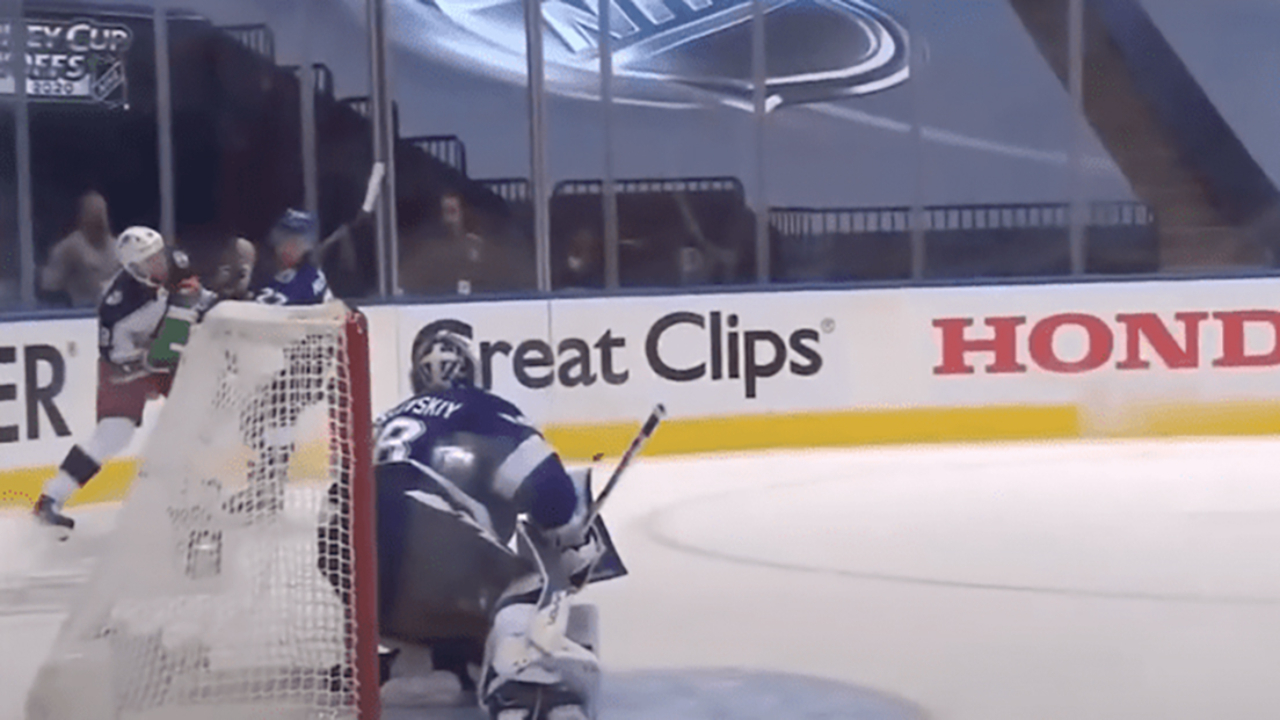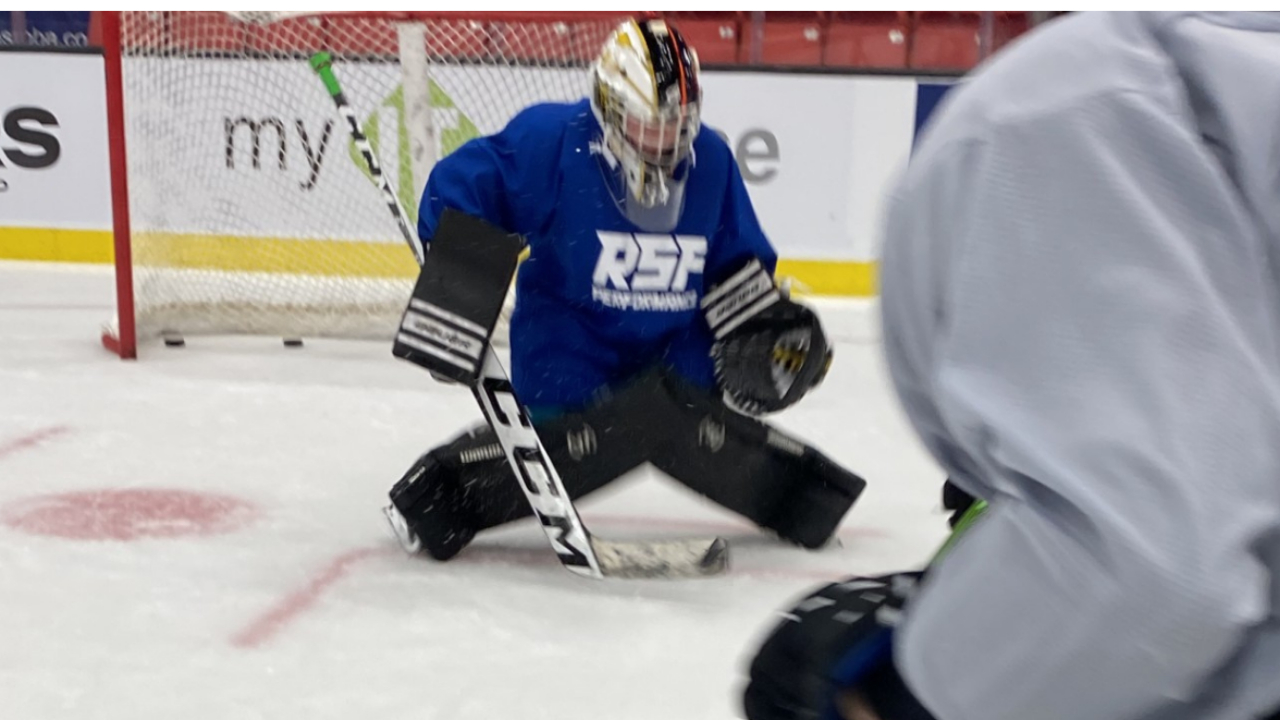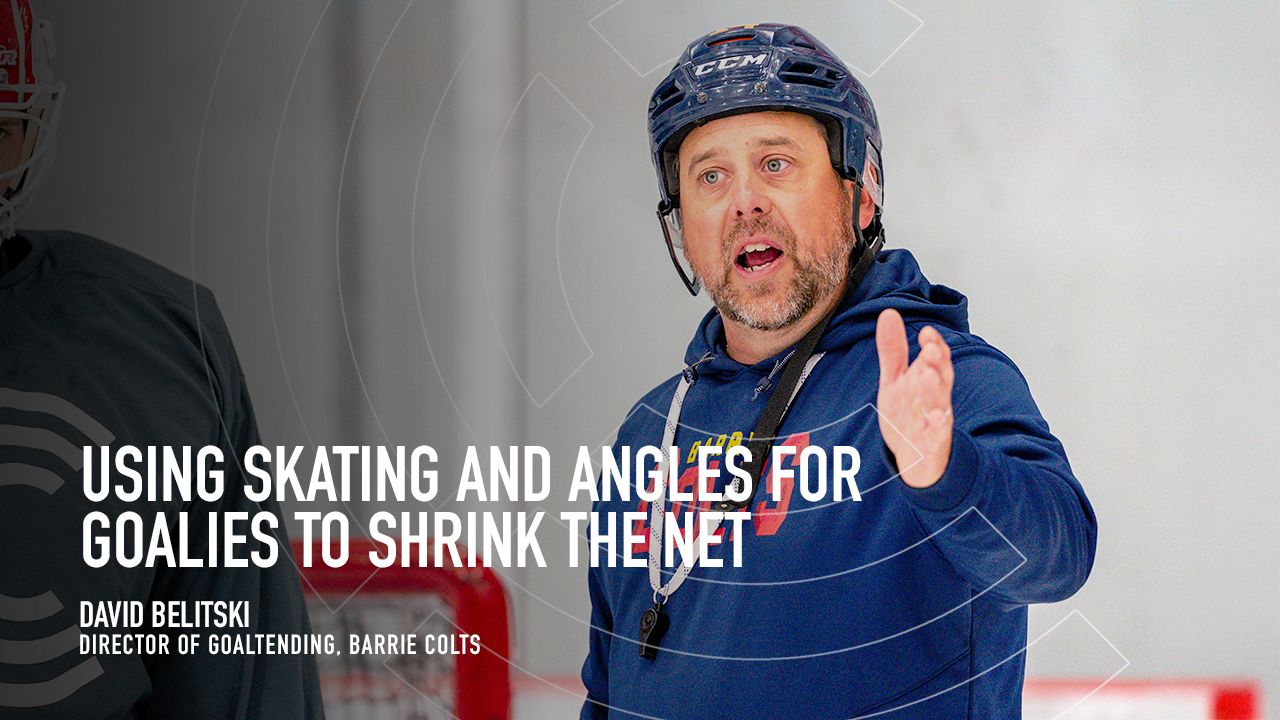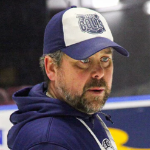
This past June, while watching my son play baseball, I had the pleasure of doing the pitch count multiple times. For those unfamiliar with the pitch count, it is the number of pitches a pitcher has thrown to manage players' fatigue. Based on their age and the number of pitches taken, it determines how many days off they require before pitching again. Now, the coaching strategy required when choosing who is pitching, and against what team, is more than you'd think. Some players play on double-roster teams, so even though my son played twice a week, other kids would play on the weekends with their double-roster AA teams.
On a boys' trip not too long after the baseball season ends, we headed to Toronto to watch the Blue Jays for 3 games. This is when I got to see the pitch count in action at the highest level. Once teams get past their starter, they rely on specialized pitchers for specific situations, adjusting rotations to prevent overuse and maintain effectiveness. Each pitcher’s role is carefully planned, factoring in pitch count to optimize performance and protect player health. Managers use data-driven decisions to determine when to make changes, keeping opponents off balance with diverse pitching styles. If this didnt work out, teams were using upwards of 5 or even 6 pitchers within the last 4 innings to save them for the next game the following night.
Linking Pitch Count Strategy to Goalie Rotation
This got me researching, and hockey teams aren't far off! Teams are exploring strategies similar to baseball's approach with pitchers, using hybrid goalie rotations to distribute the workload. By rotating goalies more frequently, teams aim to reduce fatigue and maintain peak performance throughout the season. The 2022-2023 Boston Bruins and, more recently, the Minnesota Wild have adopted this system that provides an opportunity for goalies to stay fresh and avoid overexertion. Adopting this approach requires careful consideration of each goalie’s strengths and situational advantages, fostering a more balanced and flexible method of managing players in high-intensity environments.
Fun Facts:
Boston Bruins – 2023‑24 Season
- Jeremy Swayman: 43 starts (~51.2%)
- Linus Ullmark: 39 starts (~46.5%)
Minnesota Wild – 2023‑24 Season
- Filip Gustavsson: 45 games played (43 starts, about 52.4%)
- Marc‑André Fleury: 40 games played (36 starts, about 47.6%)
- Again, nearly a 50/50 split between the two veterans
Minnesota Wild – 2024‑25 Season
- Gustavsson: 43 starts (~52%)
- Fleury: 36 starts (~44%)
- A bit closer to 60/40, especially considering the rise of Wallstedt later in the year, reducing both of their percentages slightly
Cons of Rotating Goalies in the NHL
Frequent goalie rotations can disrupt team chemistry and make it harder for players to adjust to differing styles. Constant changes may hinder a team’s defensive coordination, especially when facing high-pressure situations. Goalies might also struggle to establish momentum or confidence with limited consecutive starts. This approach can lead to uneven performances, as consistency often develops through regular game time. Additionally, over-rotating might prevent one goalie from standing out as a reliable choice during critical playoff moments.
Pros of Rotating Goalies in the NHL
Some teams rely on a single goalie, putting immense strain on their number-one player. The result? Fatigue builds, injuries become a looming threat, and playoff readiness falters.
With teams using a rotation strategy. By sharing responsibilities, both goalies remain engaged and fresh, preventing the long-term physical toll. Rotating goalies also enhances decision-making. Why settle for one fit-for-all option when you can select the goalie best suited to face specific opponents?
The benefits compound over time. Backup players gain valuable experience, providing insurance against unforeseen challenges. In high-pressure playoff moments, teams employing rotation are often sharper and better prepared, ready to handle anything the season throws at them.
Future of Fatigue Management in Sports
Teams are increasingly integrating workload management into their strategies, using data to optimize player performance and minimize injuries. The success of hybrid rotations may encourage broader adoption, influencing how sports evolve to balance competitiveness with athlete well-being. As the game continues to get faster, the margins are razor-thin. A rested, matchup-optimized goalie rotation could be the 1% edge a team needs in the playoffs. Baseball stopped asking pitchers to be ironmen decades ago. Maybe it’s time hockey did the same with goalies.

